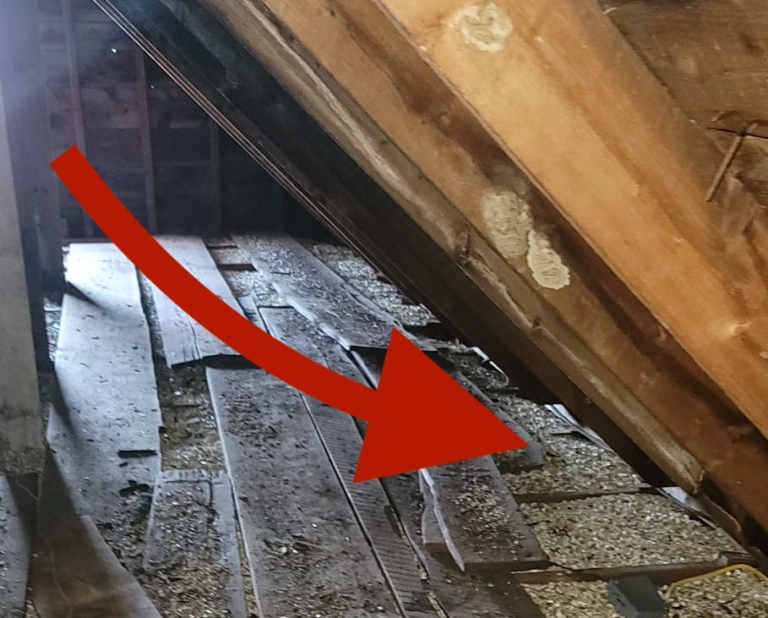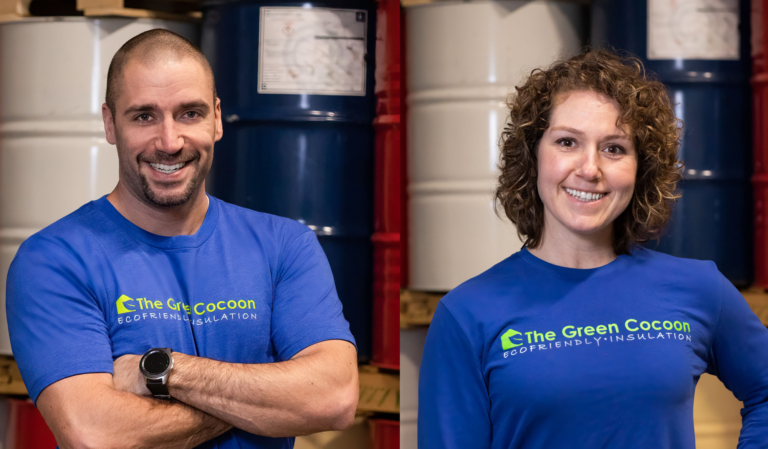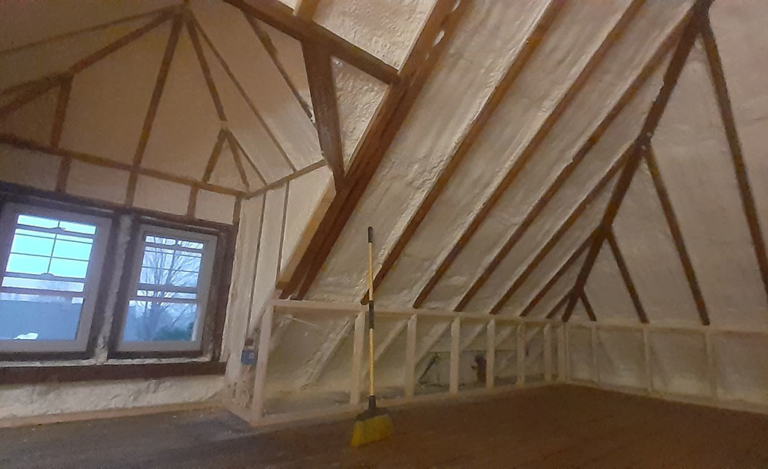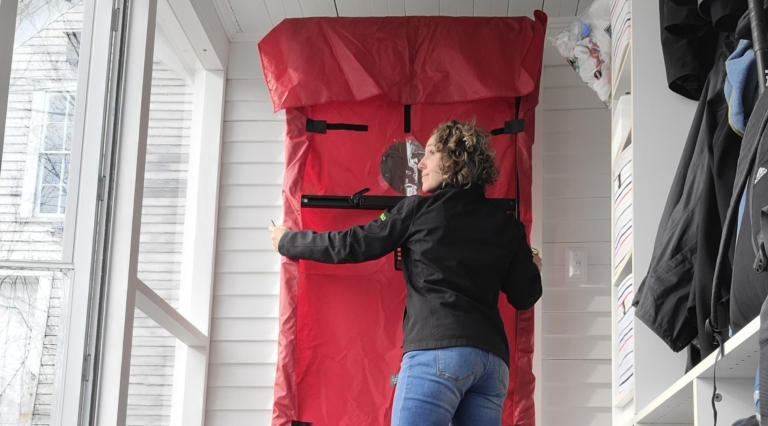Blogs

For those of you that know any of us here at The Green Cocoon, you know we’re passionate about what we...

Previous Next Company now poised to become SPFA accredited Three team members from The Green Cocoon recently...

Valentine’s Day is here! While you are showing your loved ones some extra care today, don’t forget to...

The Green Cocoon has partnered with Hearth, a San Francisco-based company offering various financing...

Did you know that the spray foam industry is not regulated and that there are no licensing requirements?...

Your attic does much more for your home than storing your stuff. It is designed to provide a protective...

Does your house have icicles hanging from the roof during the winter? If so, there is something going...

Whether you’re building a new home or making an older home more energy efficient, blower door testing...
No posts found






